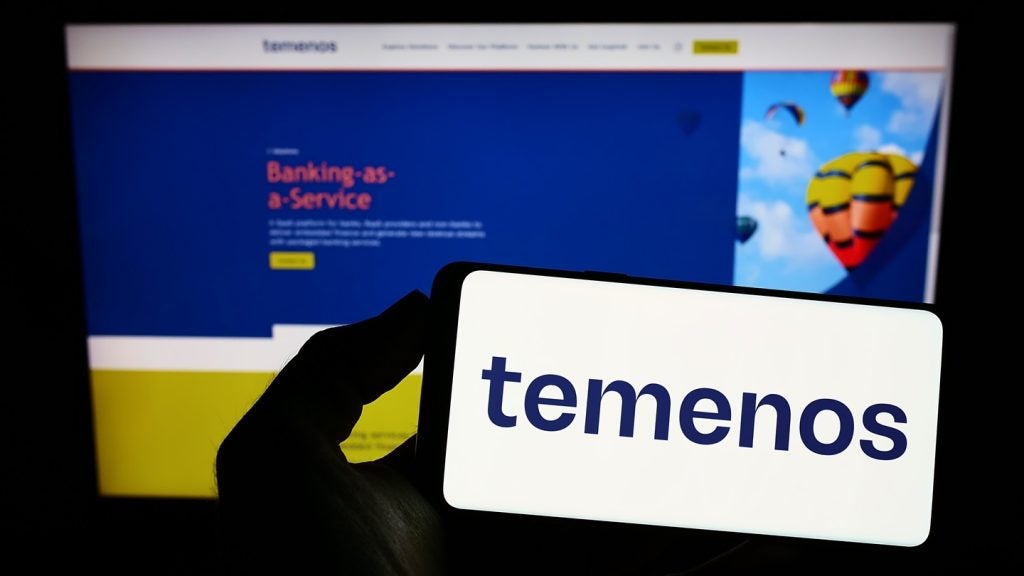Banks should step up their loyalty rewards if they really want to grow their customer base. Bespoke programmes in the US and Russia show how loyalty rewards can be mutually beneficial and not just a short-term quick-fire means to an end, writes Bethan Cowper. Wake up and smell the free coffee
Loyalty programmes have experienced an unprecedented resurgence in popularity over the last decade. In fact, the recent proliferation of loyalty programmes means that a merchant, travel company or bank that doesn’t offer this service to its customers is in the minority. Rewards, whether points, cash or your tenth coffee free, aren’t just the norm, they are expected. In an environment where it is easier for customers to change banks than ever before, loyalty is essential to remain competitive.
Competition for loyal customers is incredibly high in the banking sector and it is important to make a good impression from the get-go. In the UK, for example, one fifth of the population is still with their first bank, according to the Payments Council. In fact, up until recently, the British were so loyal that on average people stayed with their bank for 17 years, whereas they only stayed married for 11 years.
Financial institutions should not become complacent, however, as the same study showed that 70% of people are open to switching their account, and the driving force behind the switch was better deals offered elsewhere. A PwC-commissioned poll of people across the UK has revealed that less than half (41%) of people feel loyal to their traditional bank. It is important, therefore, that habit and repeat behaviour are not mistaken for loyalty. Banking loyalty is far more sophisticated than having an extra loyalty card in the consumer wallet; it is a long term, mutually beneficial relationship that, if managed correctly, can last a lifetime.
Loyalty programmes linked to credit cards have been popular for decades, offering purchase-based rewards and encouraging the frequency of transactions made. However, in this increasingly customer-centric and competitive industry, offering non-targeted discounts and making the consumer collect points or wait for paper coupons every three months as a reward, doesn’t engage customers. Debit card loyalty programmes offer an opportunity to do this. Whilst these programmes have been around for a long time in the US, they are very much in their infancy in the UK.
The debit card market in the UK is larger than ever; the increased popularity born out of the backlash of the financial crisis has led consumers to manage their money more effectively and rely less on credit. In addition, as loyalty becomes focused on customer retention rather than only on initial adoption, financial institutions are looking to solidify their relationships with consumers as early on in their banking lifecycle as possible. Debit is the best way to accomplish this as it is most likely the first card customers will apply for.
Collecting big data and defining customer behaviour early on is crucial to refine and motivate customer retention. This goes for all age groups and geographies; people without children simply don’t want day trips to Legoland and generation Y are unlikely to be stimulated by insurance offers. Older consumers may want to use their rewards in-store, whilst younger consumers may prefer to shop online.

US Tariffs are shifting - will you react or anticipate?
Don’t let policy changes catch you off guard. Stay proactive with real-time data and expert analysis.
By GlobalDataAs completely different products, credit and debit card loyalty programmes need to offer distinctive incentives for use. For starters, credit card interchange rates are much higher, with a much higher spend and the reward should replicate this. Debit card rewards will be of a much lower denomination and collected at a higher frequency so therefore need to be more interesting to drive consumer engagement. This opens the opportunity to offer the customer more control over their rewards programme, whereby they can select the types of rewards they would like to receive via their social media or remote banking accounts to ensure the relevance of the reward provided.This process also directly extends the influence over the interactions a financial institution has with their customers, directing them to interact with more channels including their social media sites.
Debit cards also offer up the opportunity for instant rewards at the point of sale, such as cashback, offering an immediate result to encourage card usage. Programmes where consumers can spend their points as they earn them and use them to pay for their purchase in part or in full at participating merchants, offer the customer a choice of when, where and how they are used, putting their payment experiences very much in their own hands.
Alternatively, points could be saved for use as one larger cash reward, for example, savings towards a holiday. The points can be managed online or via a mobile device and the financial institution can update the customer on how far away they are from their target. Activities like this not only encourage frequency of spend but can also incentivise consumers to open up a savings account, increasing their product portfolio with the institution and reducing the likelihood of switching their account.
An example of innovative debit card loyalty usage is by a bank in Russia which has integrated its debit loyalty programme with its Internet banking service. Customers can set their preferences using the internet portal and choose the specific category that they want their discounts to apply to. Categories include ‘my car’, ‘my supermarket’, and ‘my phone’ and point balances and preferences can also be managed and viewed via SMS. The programme isn’t directly linked to any one retail outlet which means customers virtually have an unlimited choice of the goods and services they are able to use their discounts on.
Another example is a bank in the US that offers customers the option to save whilst they spend. For every purchase they make using their debit card, the bank rounds the amount up to the nearest dollar and puts the excess funds into savings. For example, you buy a sandwich for $5.50, you are charged $6, 50 cents of which is automatically loaded to your savings account.
Today’s consumer is overloaded with comparison sites where they can consult digital payment advisors on which loyalty programme offers the most lucrative rewards, so financial institutions need to think outside the box to offer something that is different to really drive customer engagement.
In the long term, financial institutions need to escape the product silo. Whilst loyalty can and should be adapted to suit the characteristics of the payment channel being used, it should also be an integrated part of the omni-channel consumer experience.
The customer should be rewarded, not just for the monetary value of purchases, but also for the frequency and regularity of interactions with their financial institution, inclusive of the number of banking products they use and the length of time they have been banking there. Debit loyalty is the first step in the right direction to really offering a personalised relationship programme that is used every day and controlled by the loyal customer.
Bethan Cowper is head of international marketing at Compass Plus.







